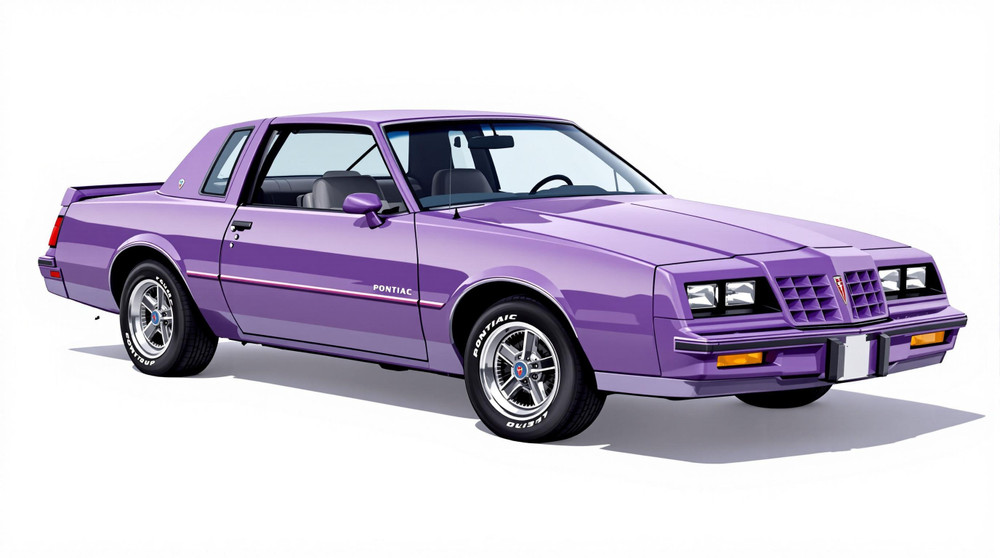Image of 1983 Pontiac Grand Prix, Note: These illustrations use artistic license and may differ from actual historical models.
Performance Metrics
Fundamental Metrics
Emotional Appeal
MMP Rating
| Engine Specifications | |
|---|---|
| Engine: | 3.8L V6, 4.3L V8, 5.0L V8 |
| Displacement: | 231-305 cu in |
| Horsepower: | 110-150 hp (approximate) |
| Torque: | 200-240 lb-ft (approximate) |
| Compression Ratio: | 8.0:1 - 8.6:1 |
| Ignition System: | Electronic |
| Cooling System: | Liquid-cooled |
| Performance Specifications | |
| 0-60 Time: | 10-12 seconds (approximate) |
| 1/4 Mile Time: | 17-19 seconds (approximate) |
| Top Speed: | 105-115 mph (approximate) |
| Transmission and Drive | |
| Drive Type: | RWD |
| Transmission Type: | 3-speed automatic, 4-speed automatic |
| Fuel and Efficiency | |
| Fuel System Type: | Carburetor |
| MPG: | 15-20 mpg (approximate) |
| Dimensions and Brakes | |
| Brakes: | Front disc, rear drum |
| Wheelbase: | 108.1 inches |
| Weight: | 3200-3500 lbs (approximate) |
Note: Specifications for classic cars are given to the best of our ability, considering the limited and variant data available.
1983 Pontiac Grand Prix: A Blend of Comfort and Style
The 1983 Pontiac Grand Prix stands as a testament to the era of personal luxury coupes, a time when style and comfort were as important as performance. Born from the stables of General Motors, this model was part of the sixth generation of the Grand Prix lineage, a series that had been gracing American roads since 1962. The '83 Grand Prix was not only a symbol of automotive luxury but also a representation of the shifting landscape in the American auto industry, where downsizing became necessary due to fuel economy concerns. A notable moment in its history was when it served as the pace car for NASCAR events, showcasing its sporty persona to a legion of racing fans.
Design and Innovation
The exterior styling of the 1983 Pontiac Grand Prix was a harmonious blend of sharp lines and gentle curves, creating an appearance that was both aggressive and elegant. The distinctive split grille and quad headlights were hallmarks of Pontiac's design language, while the sloping rear deck and chrome trim added a touch of sophistication. Inside, occupants were greeted with plush seating and an array of conveniences that emphasized comfort. Materials ranged from durable fabrics to optional leather upholstery, reflecting a commitment to quality. Technologically, the Grand Prix featured advancements such as computer command control for its engine management system. Color options varied widely, with Dark Maroon Metallic and Light Briar Brown being among the popular choices that complemented its luxurious image. The most iconic body style was undoubtedly the two-door coupe, which offered various trim levels including the base model, Brougham, and sportier LJ version.
Historical Significance
The 1983 Pontiac Grand Prix's impact on automotive design was subtle yet significant. It demonstrated that a car could be downsized without sacrificing luxury or style—principles that would guide future designs across the industry. Its blend of traditional rear-wheel-drive layout with modern amenities set it apart from contemporaries who were moving towards front-wheel drive configurations. The Grand Prix's legacy is evident in how it balanced these elements during a transitional period in automotive history.
Performance and Handling
Performance-wise, the '83 Grand Prix offered various engine options, with the 5.0-liter V8 being among the most desirable for enthusiasts seeking power. While top speed and acceleration figures were modest by today's standards—with 0-60 mph times hovering around 10 seconds—the vehicle delivered a smooth ride indicative of its luxury coupe status. Handling was competent for its class; it absorbed road imperfections well and provided a comfortable cruising experience. The symphony from under the hood conveyed just enough growl to remind drivers that they were piloting a machine with performance pedigree.
Ownership Experience
Owners typically used their Grand Prix for daily driving or as stylish weekend cruisers. Its reliability was on par with American cars of the era, meaning regular maintenance could keep it on the road for many years. Parts availability and ease of repair made it an accessible classic for enthusiasts looking to enter into vintage car ownership without excessive costs.
Fun Facts
The 1983 Pontiac Grand Prix holds several interesting tidbits in its history. For instance, certain special editions like the Richard Petty Edition are highly sought after by collectors due to their rarity. While no specific records in speed or sales are held by this model year, its presence in pop culture through television shows and movies has cemented its place in Americana. Common criticisms at the time focused on its less-than-stellar fuel economy compared to smaller four-cylinder cars emerging on the market.
Collector's Information
Today, values for an '83 Grand Prix can vary widely based on condition, mileage, and rarity—with estimates ranging from $5,000 for a well-used example to upwards of $20,000 for pristine models or rare editions. Production numbers were substantial but not excessive; thus finding one in good condition can be challenging but not impossible. As for appreciation potential, well-preserved models have seen modest increases in value over time as interest in 80s vehicles grows among collectors.
Conclusion
The 1983 Pontiac Grand Prix is more than just a classic car; it's a piece of automotive history that encapsulates an era where luxury met practicality head-on. With its distinctive styling, comfortable interior, and respectable performance credentials, it remains an attractive option for those looking to own a slice of 80s nostalgia. Whether you're cruising down main street or showcasing at a local car show, this Grand Prix is sure to turn heads and spark conversations about an era when cars were designed with passion—and built with pride.
1983 Pontiac Grand Prix Catalog of Parts
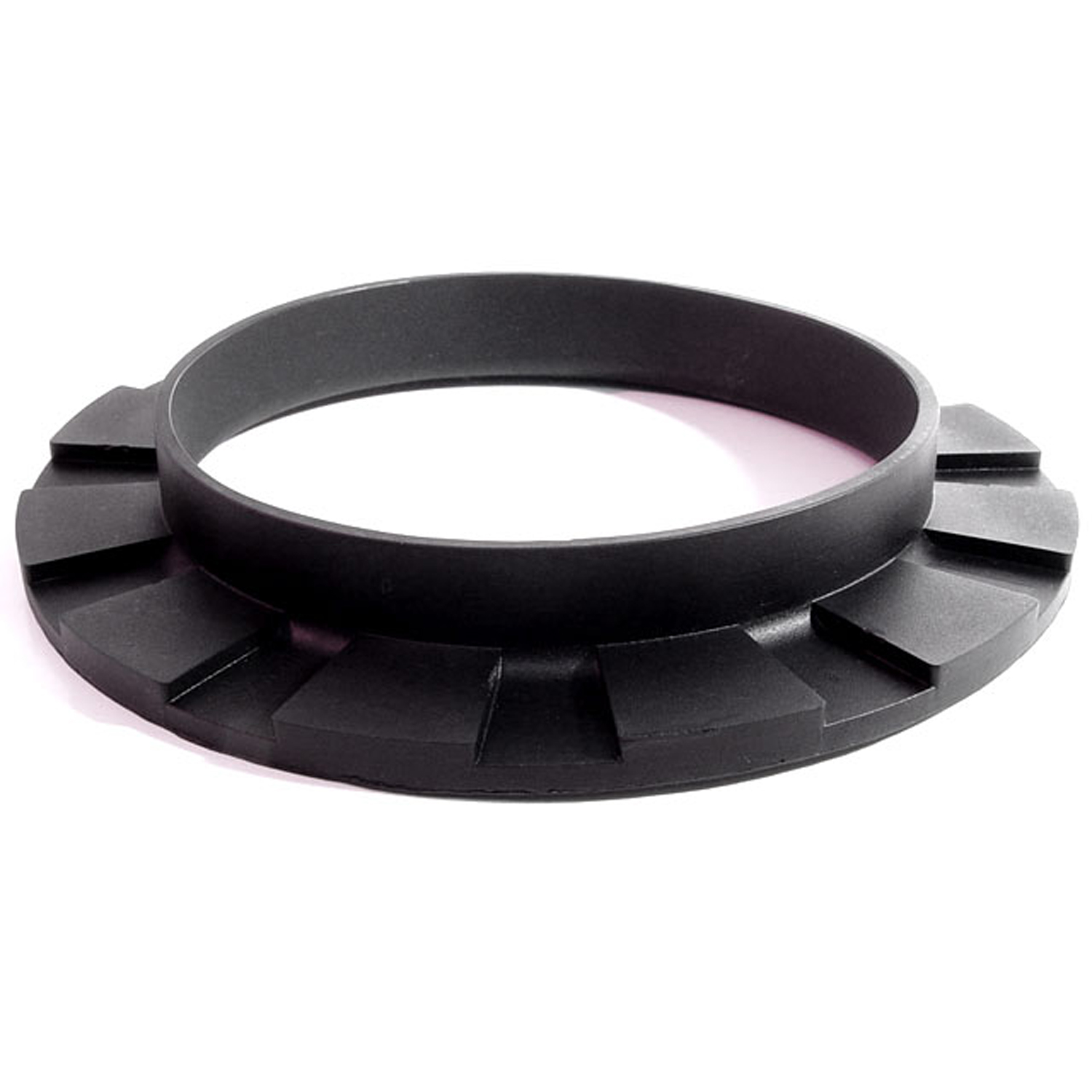 1983 Pontiac Grand Prix Front coil-spring insulator-BN 110Front coil-spring insulator. Fits '41-'60 Oldsmobile and '50-'83 GM passenger models. 5-3/8 in. OD x 3-3/4 in. ID x 3/4 in. high with 13/16 in. wide bottom flange 1/4" thick, 12 flutes. Each.
1983 Pontiac Grand Prix Front coil-spring insulator-BN 110Front coil-spring insulator. Fits '41-'60 Oldsmobile and '50-'83 GM passenger models. 5-3/8 in. OD x 3-3/4 in. ID x 3/4 in. high with 13/16 in. wide bottom flange 1/4" thick, 12 flutes. Each.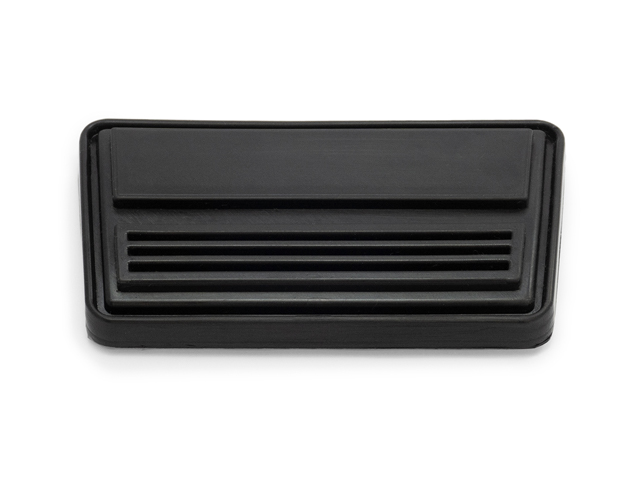 1983 Pontiac Grand Prix Automatic brake pedal pad fits '78-88 GM A, Spec A, G Body-CB 101-DCB 101-D replaces the automatic brake pedal pad on many 1978-1988 General Motors A, Spec A and G body models. Also fits many 1982-1991 GM J, L, N and P body models. 4-1/2" wide X 2-1/2" long. Each
1983 Pontiac Grand Prix Automatic brake pedal pad fits '78-88 GM A, Spec A, G Body-CB 101-DCB 101-D replaces the automatic brake pedal pad on many 1978-1988 General Motors A, Spec A and G body models. Also fits many 1982-1991 GM J, L, N and P body models. 4-1/2" wide X 2-1/2" long. Each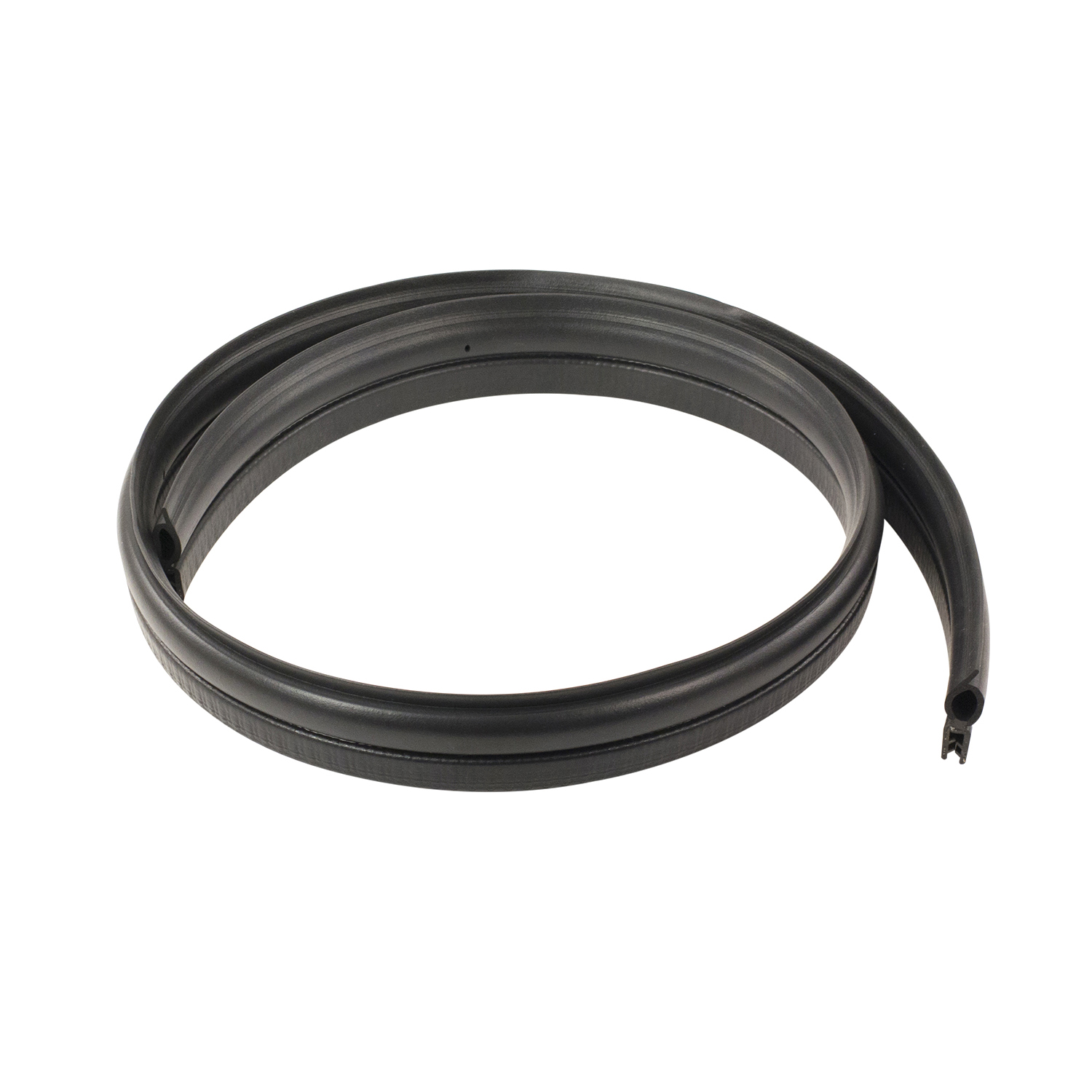 1983 Pontiac Grand Prix Hood and cowl seal-CS 13-GHood and cowl seal. Fits '78-'88 GM A-body, A-Special (A-SPEC) and G-body 2-door hardtop coupes with rear wheel drive (RWD). Dual-durometer extrusion with flexible metal core. Easy to install; fits over pinchweld. Replaces OEM# 20255857 and 25505704. Made in the USA. Each.
1983 Pontiac Grand Prix Hood and cowl seal-CS 13-GHood and cowl seal. Fits '78-'88 GM A-body, A-Special (A-SPEC) and G-body 2-door hardtop coupes with rear wheel drive (RWD). Dual-durometer extrusion with flexible metal core. Easy to install; fits over pinchweld. Replaces OEM# 20255857 and 25505704. Made in the USA. Each.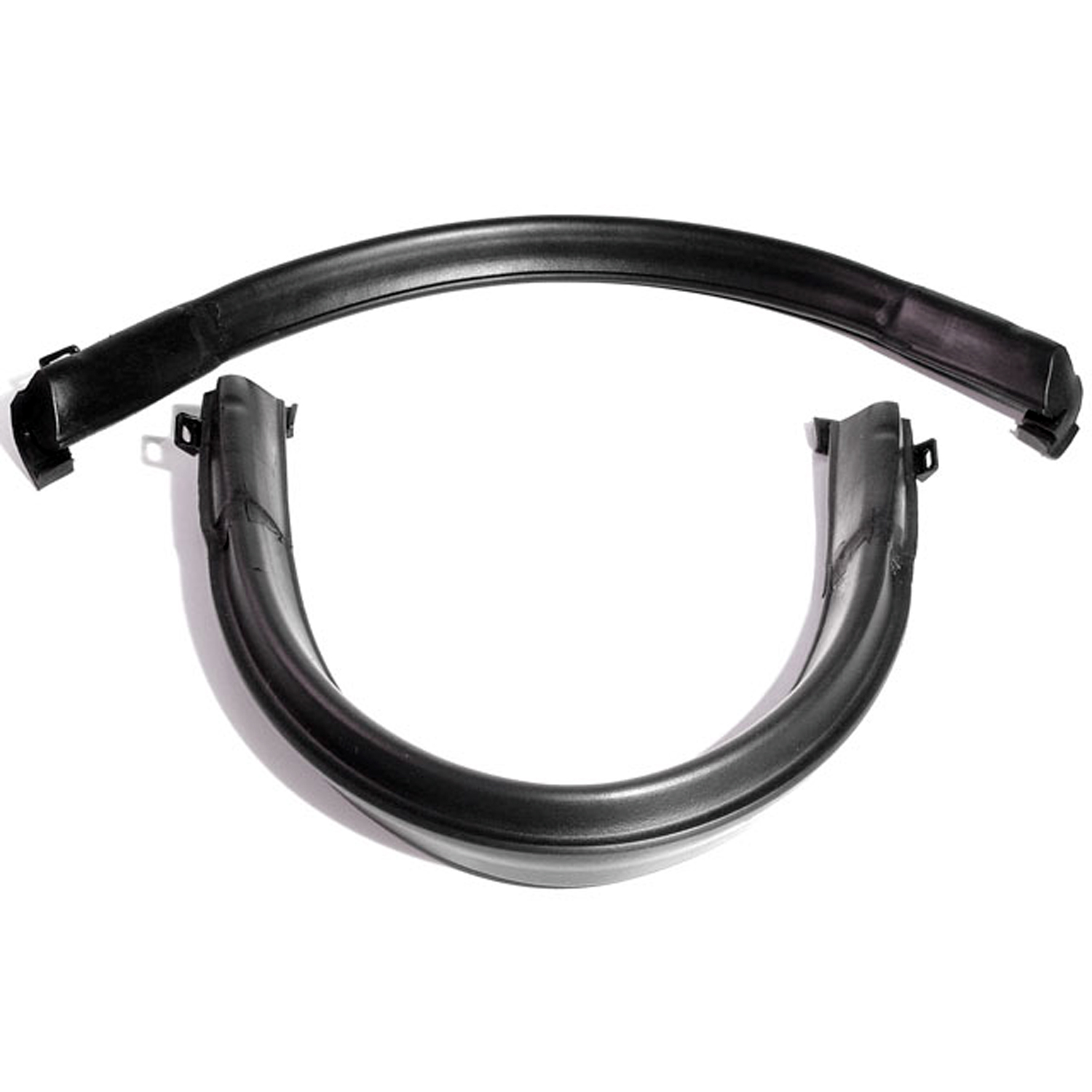 1983 Pontiac Grand Prix T-top Side Seals. Each piece 25" long. Pair-ELP 5020T-top Side Seals. Each piece 25" long. Pair
1983 Pontiac Grand Prix T-top Side Seals. Each piece 25" long. Pair-ELP 5020T-top Side Seals. Each piece 25" long. Pair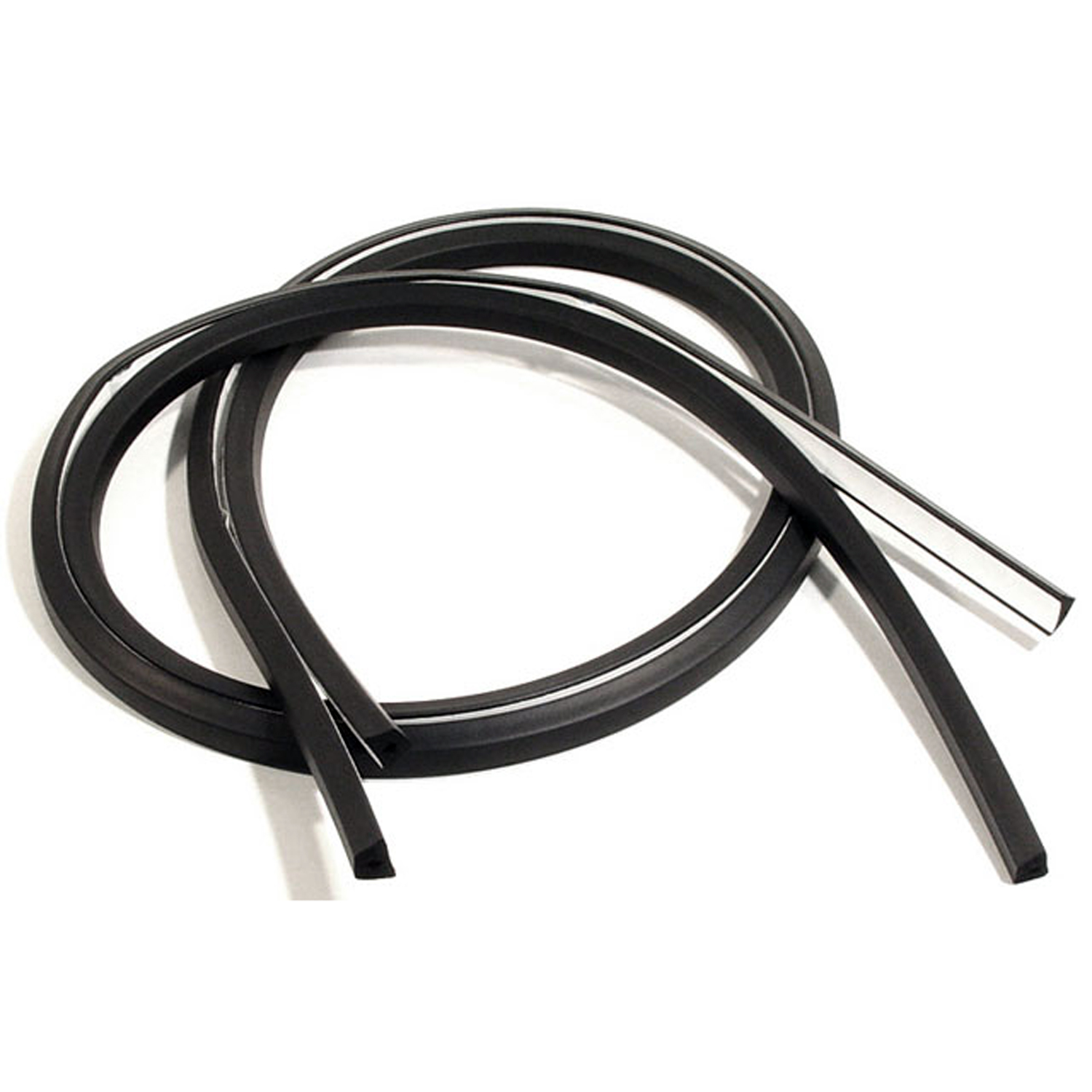 1983 Pontiac Grand Prix Auxiliary T-Top Sealing Strips-ELP 5020-BAuxiliary T-Top Sealing Strips. For models with factory t-top option. 51" in length per side, adhesive tape backing. Replaces OEM #20139617. Pair
1983 Pontiac Grand Prix Auxiliary T-Top Sealing Strips-ELP 5020-BAuxiliary T-Top Sealing Strips. For models with factory t-top option. 51" in length per side, adhesive tape backing. Replaces OEM #20139617. Pair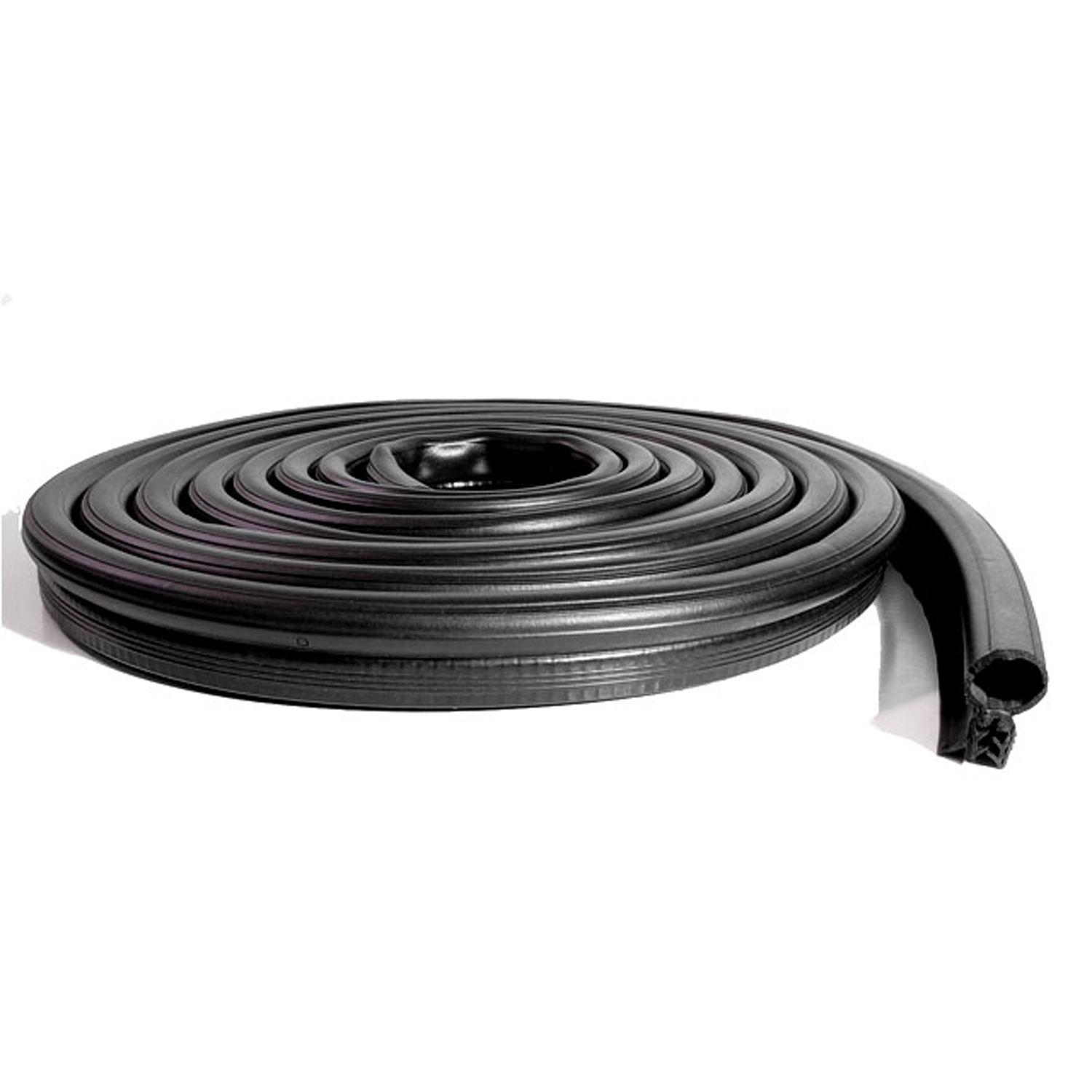 1983 Pontiac Grand Prix Trunk Seal (Imported). Made with steel cores-IS-MW00101Trunk Seal (Imported). Made with steel cores. 1-3/8" X 3/4" X 17'. Each
1983 Pontiac Grand Prix Trunk Seal (Imported). Made with steel cores-IS-MW00101Trunk Seal (Imported). Made with steel cores. 1-3/8" X 3/4" X 17'. Each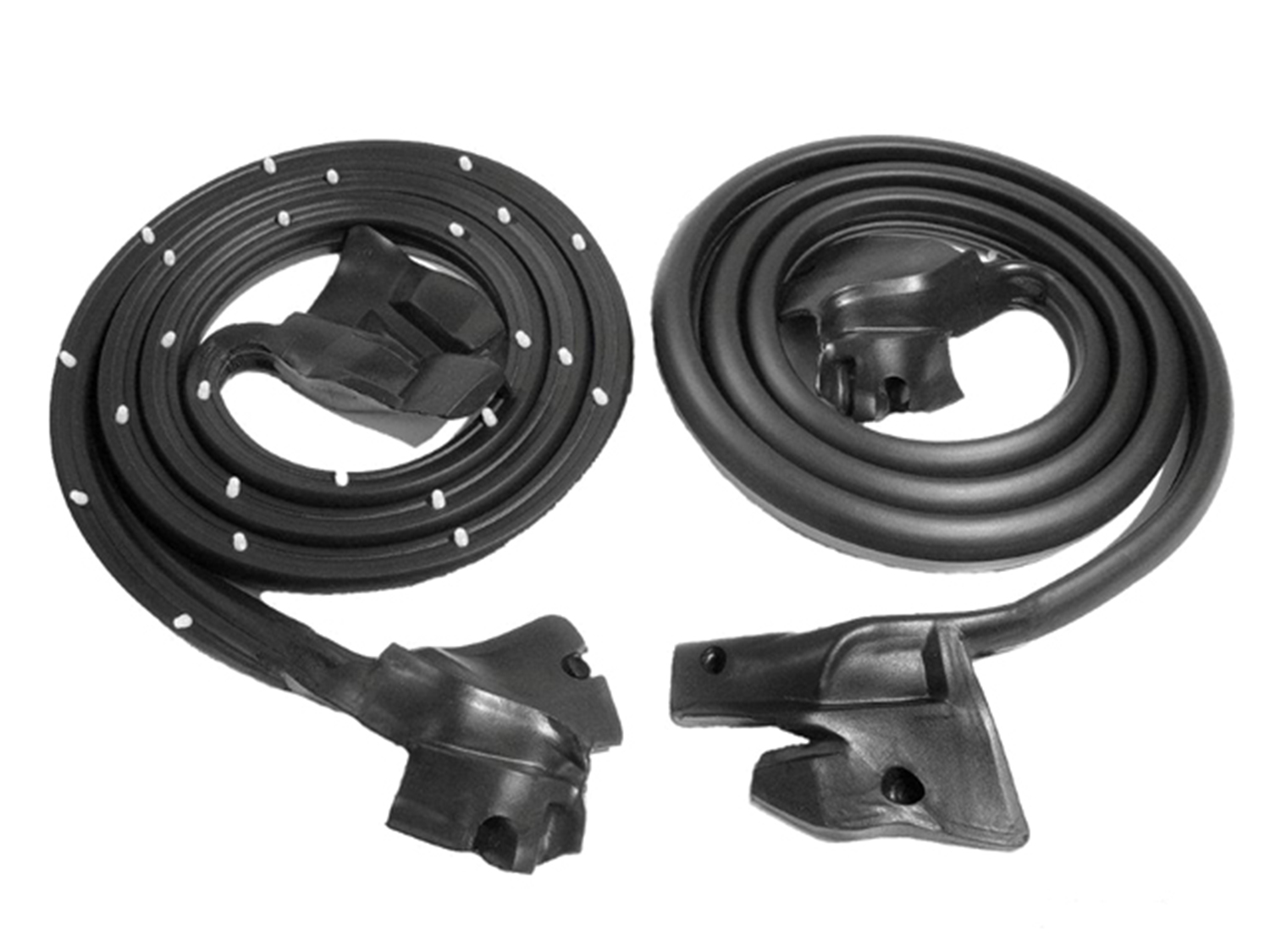 1983 Pontiac Grand Prix Molded Door Seals. 2-door coupe-LM 16-JGMolded Door Seals. 2-door coupe. Replaces OEM part numbers 20277448/9. Pair. R&L.
1983 Pontiac Grand Prix Molded Door Seals. 2-door coupe-LM 16-JGMolded Door Seals. 2-door coupe. Replaces OEM part numbers 20277448/9. Pair. R&L.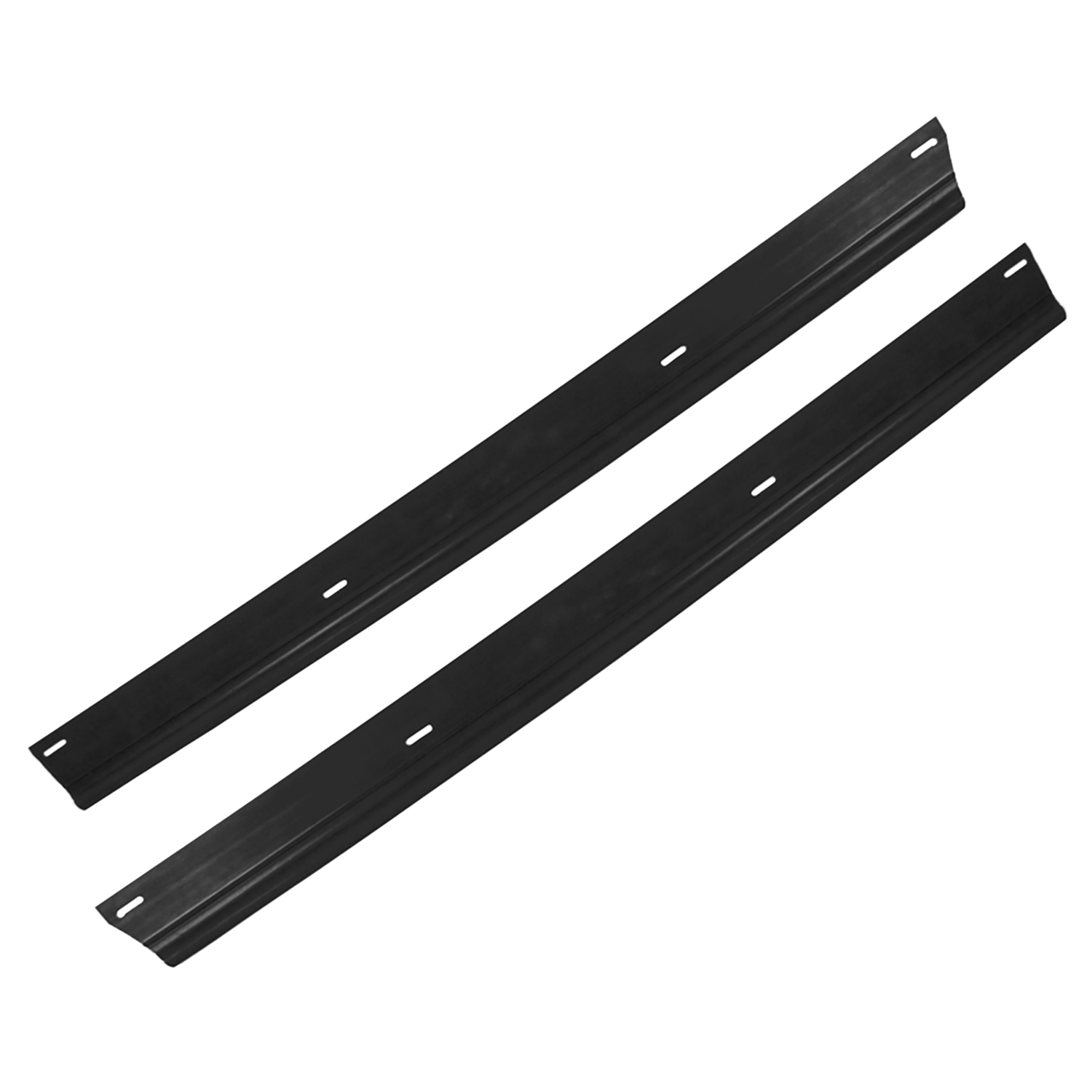 1983 Pontiac Grand Prix Lower Door Sill Seal, 78-88 GM G Body 2 Doors, Pair-LM 16-JSLower Door Sill Seal, 78-88 GM G Body 2 Doors, Pair. Replaces OEM # 20376226. These seals fit in between the panel and the lower part of the doors.
1983 Pontiac Grand Prix Lower Door Sill Seal, 78-88 GM G Body 2 Doors, Pair-LM 16-JSLower Door Sill Seal, 78-88 GM G Body 2 Doors, Pair. Replaces OEM # 20376226. These seals fit in between the panel and the lower part of the doors. 1983 Pontiac Grand Prix Trunk Liner. Loose weave, jet black. 50" wide-M 30Trunk Liner. Loose weave, jet black. 50" wide. Sold by the foot
1983 Pontiac Grand Prix Trunk Liner. Loose weave, jet black. 50" wide-M 30Trunk Liner. Loose weave, jet black. 50" wide. Sold by the foot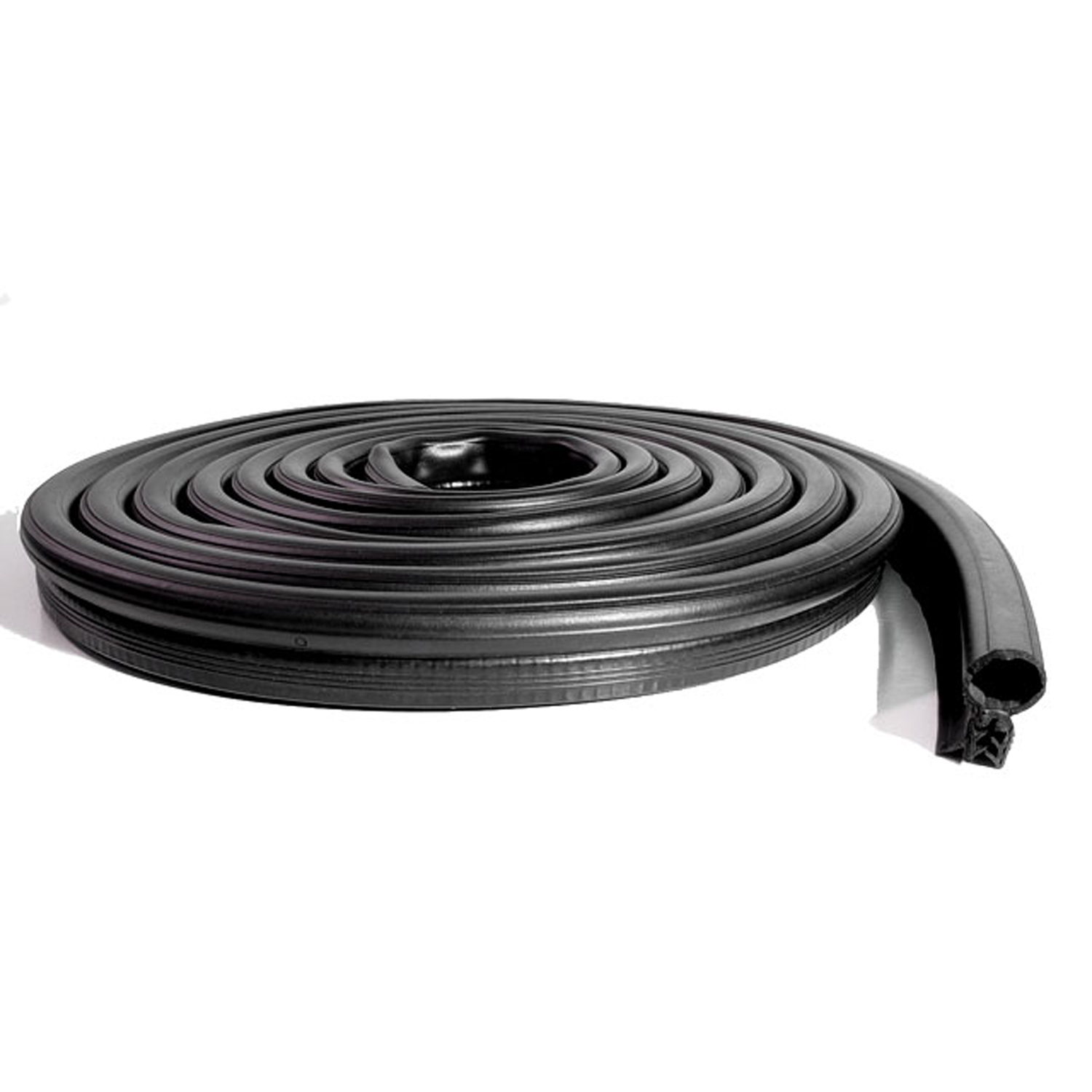 1983 Pontiac Grand Prix Trunk seal-MW00101Trunk seal. Also replaces '75-'79 Buick Skylark hatchback seal. Made with steel cores. 1-3/8 in. x 3/4 in. x 17 ft. L. Each.
1983 Pontiac Grand Prix Trunk seal-MW00101Trunk seal. Also replaces '75-'79 Buick Skylark hatchback seal. Made with steel cores. 1-3/8 in. x 3/4 in. x 17 ft. L. Each.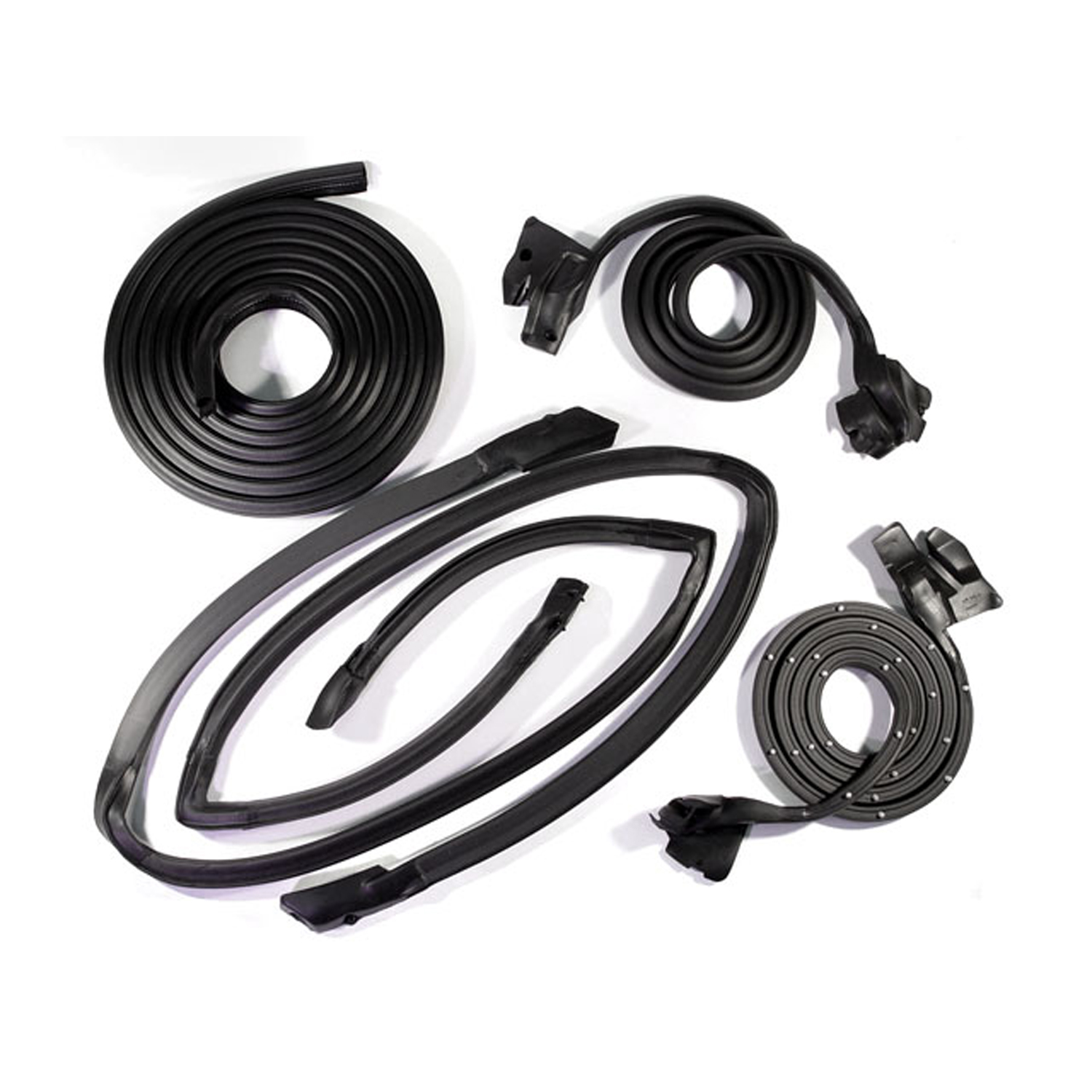 1983 Pontiac Grand Prix Basic kit. ’81-’87 Pontiac Grand Prix 2-door coupe-RKB 1900-109Basic kit. '81-'87 Pontiac Grand Prix 2-door coupe. Door (LM 16-JG), roof-rail (RR 5020-M) and trunk (MW00101) seals. 5-piece set.
1983 Pontiac Grand Prix Basic kit. ’81-’87 Pontiac Grand Prix 2-door coupe-RKB 1900-109Basic kit. '81-'87 Pontiac Grand Prix 2-door coupe. Door (LM 16-JG), roof-rail (RR 5020-M) and trunk (MW00101) seals. 5-piece set.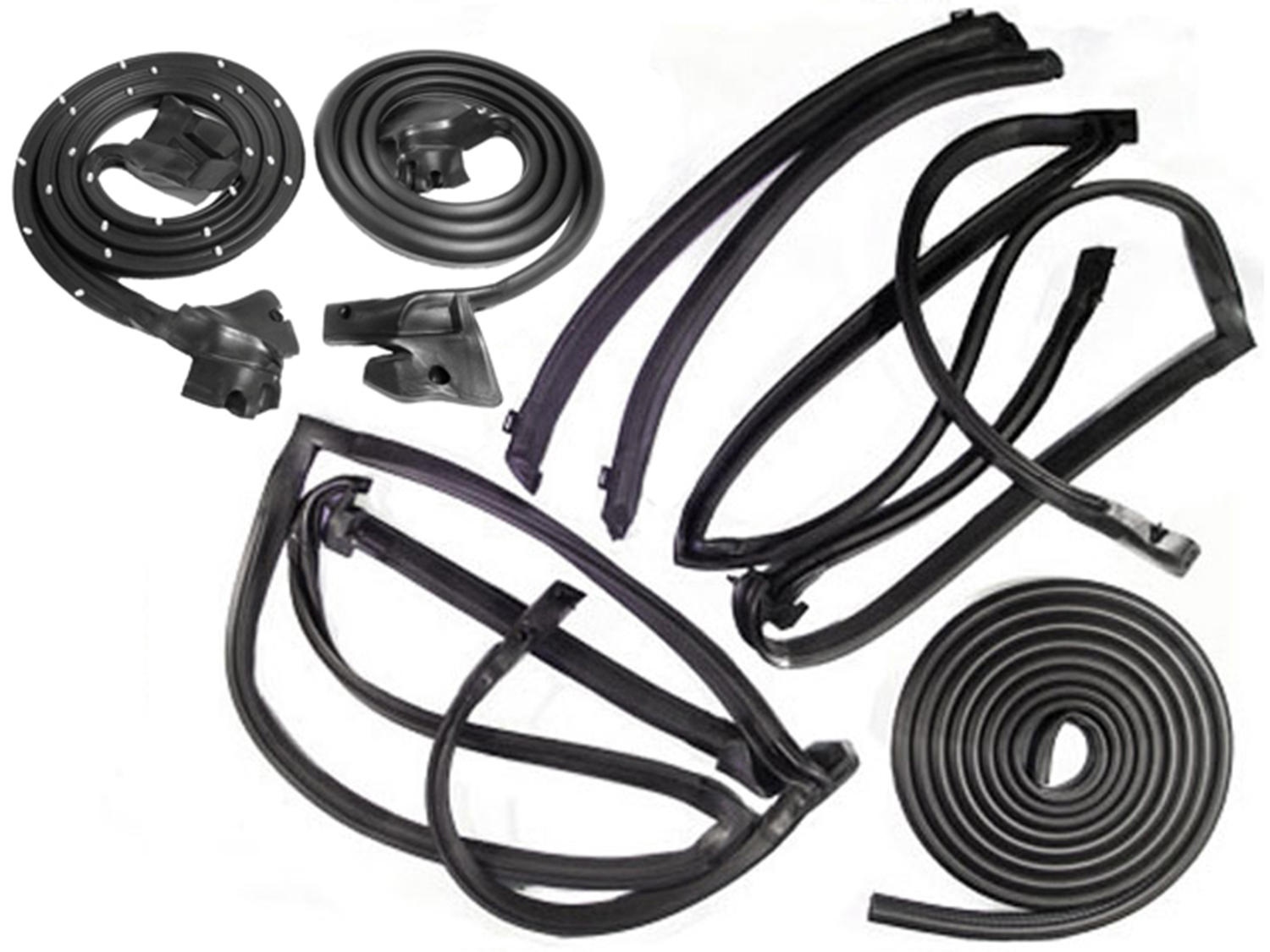 1983 Pontiac Grand Prix Basic kit-RKB 1900-118Basic kit. '82-'88 Chevrolet Monte Carlo, '81-'87 Pontiac Grand Prix 2-door coupe with T-top roof option. Door (LM 16-JG), T-top main body (TP 5020), T-top side panels (ELP 5020) and trunk (MW00101) seals. 7-piece set.
1983 Pontiac Grand Prix Basic kit-RKB 1900-118Basic kit. '82-'88 Chevrolet Monte Carlo, '81-'87 Pontiac Grand Prix 2-door coupe with T-top roof option. Door (LM 16-JG), T-top main body (TP 5020), T-top side panels (ELP 5020) and trunk (MW00101) seals. 7-piece set.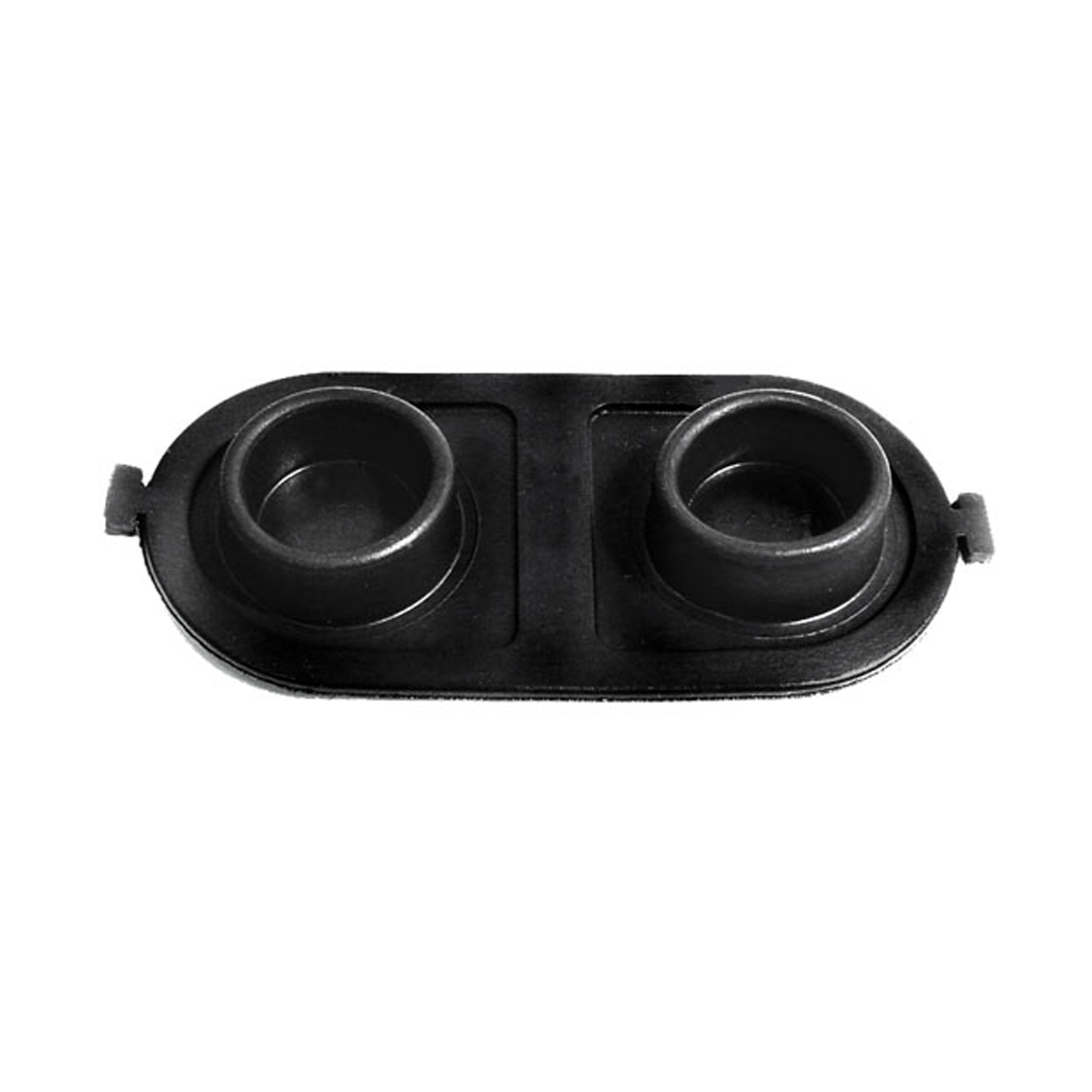 1983 Pontiac Grand Prix Brake Master Cylinder Cover Seal. Replaces OEM #5470861-RP 2-EBrake Master Cylinder Cover Seal. Replaces OEM #5470861. 5" X 2-1/2". Each
1983 Pontiac Grand Prix Brake Master Cylinder Cover Seal. Replaces OEM #5470861-RP 2-EBrake Master Cylinder Cover Seal. Replaces OEM #5470861. 5" X 2-1/2". Each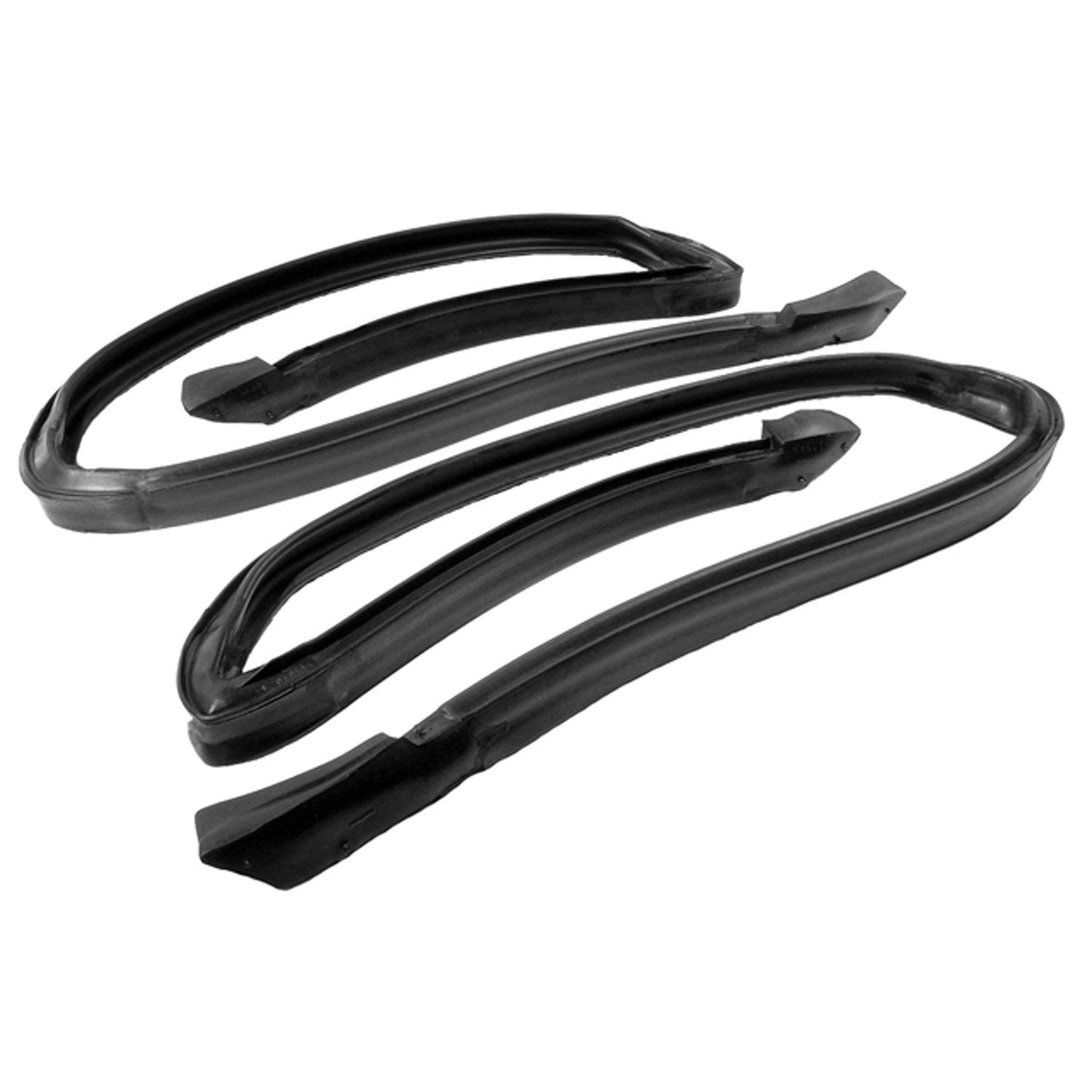 1983 Pontiac Grand Prix Molded Roof Rail Seals, for 2-Door Hardtop. Pair R&L-RR 5020-MMolded Roof Rail Seals, for 2-Door Hardtop. Pair R&L
1983 Pontiac Grand Prix Molded Roof Rail Seals, for 2-Door Hardtop. Pair R&L-RR 5020-MMolded Roof Rail Seals, for 2-Door Hardtop. Pair R&L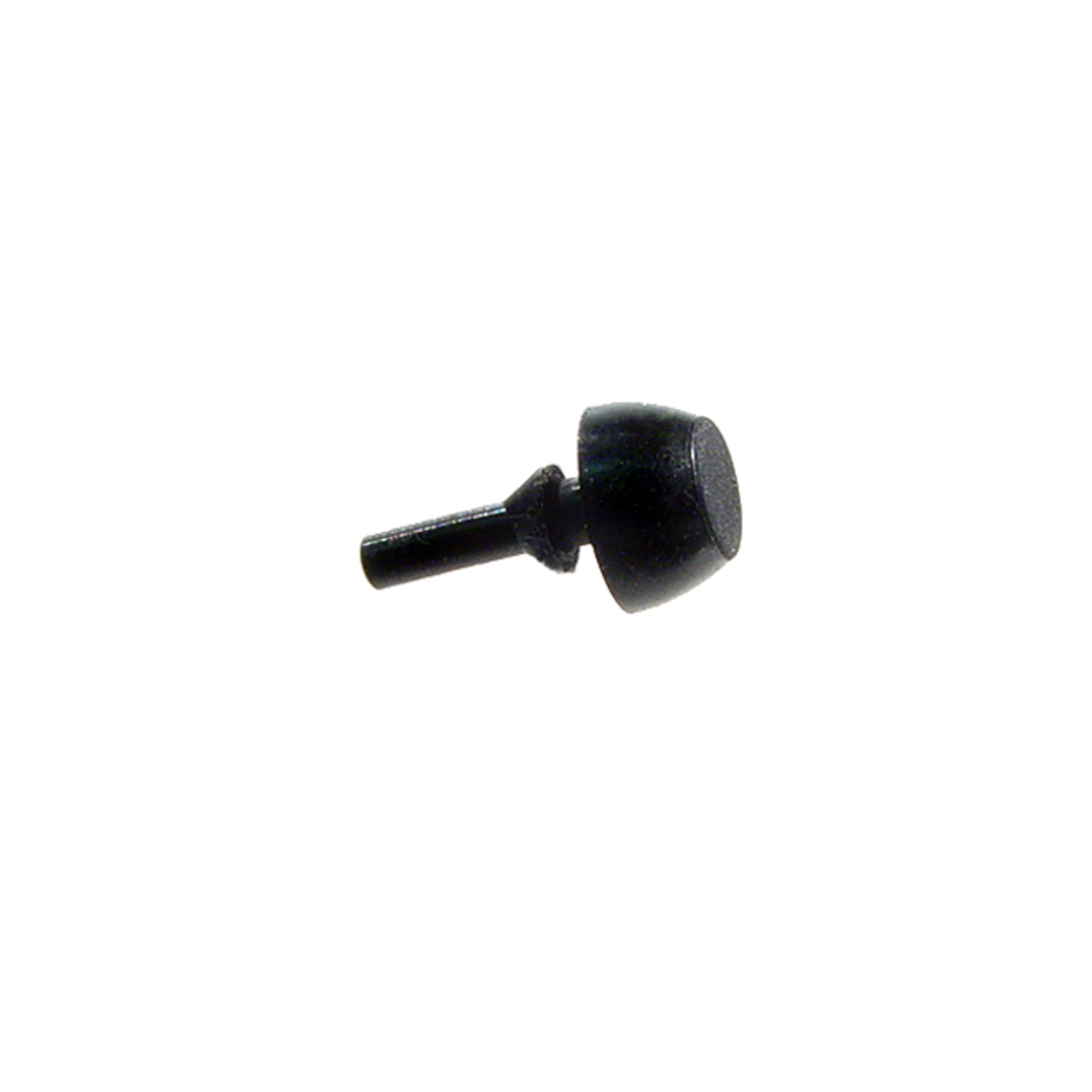 1983 Pontiac Grand Prix Glove Box Bumper. Each-SB 78-AGlove Box Bumper. Each
1983 Pontiac Grand Prix Glove Box Bumper. Each-SB 78-AGlove Box Bumper. Each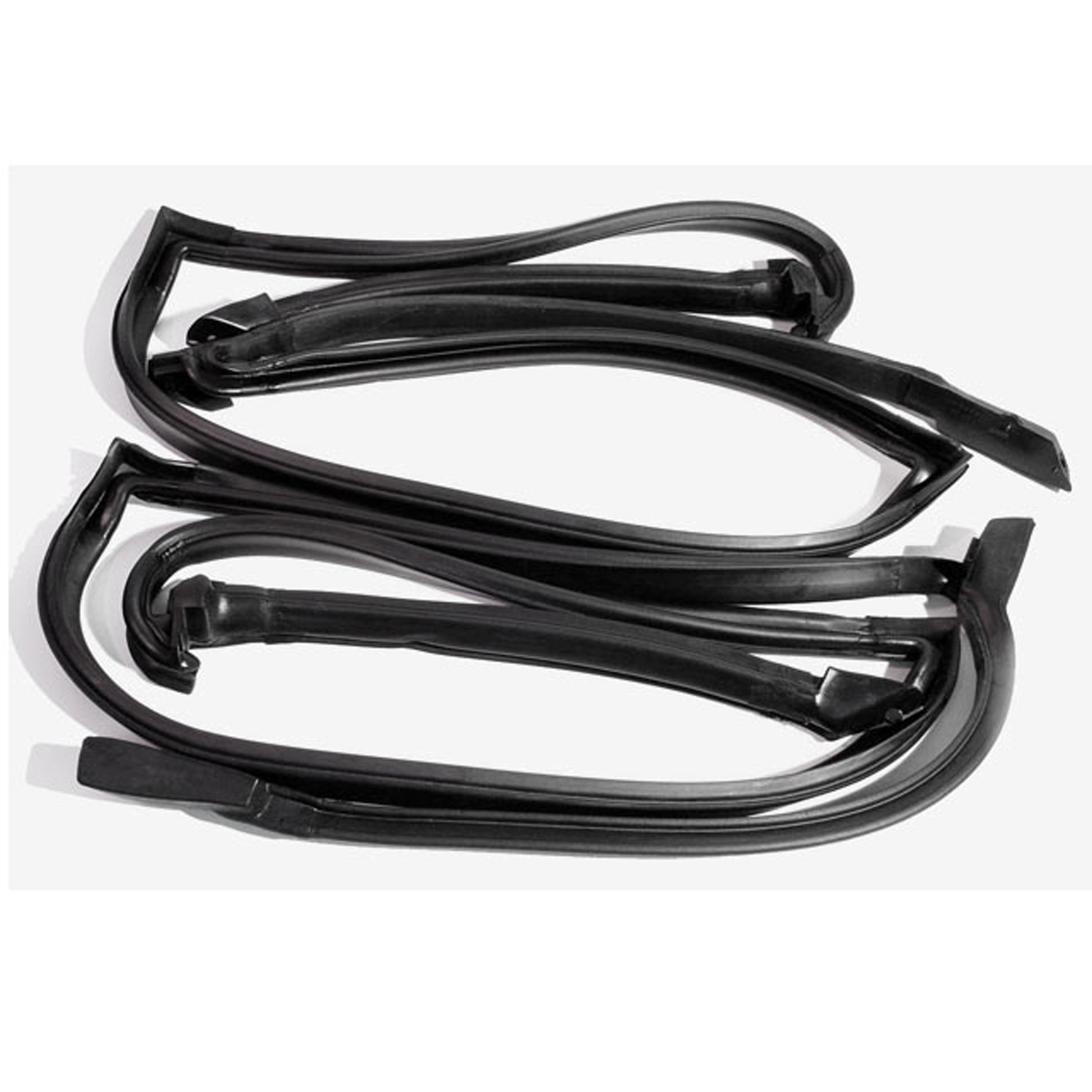 1983 Pontiac Grand Prix T-Top to Body Seals. Fits models with factory T-top option-TP 5020T-Top to Body Seals. Fits models with factory T-top option. Replaces OEM #20211820/20211821. For matching T-Top Side Rail Seals, see ELP 5020. Pair
1983 Pontiac Grand Prix T-Top to Body Seals. Fits models with factory T-top option-TP 5020T-Top to Body Seals. Fits models with factory T-top option. Replaces OEM #20211820/20211821. For matching T-Top Side Rail Seals, see ELP 5020. Pair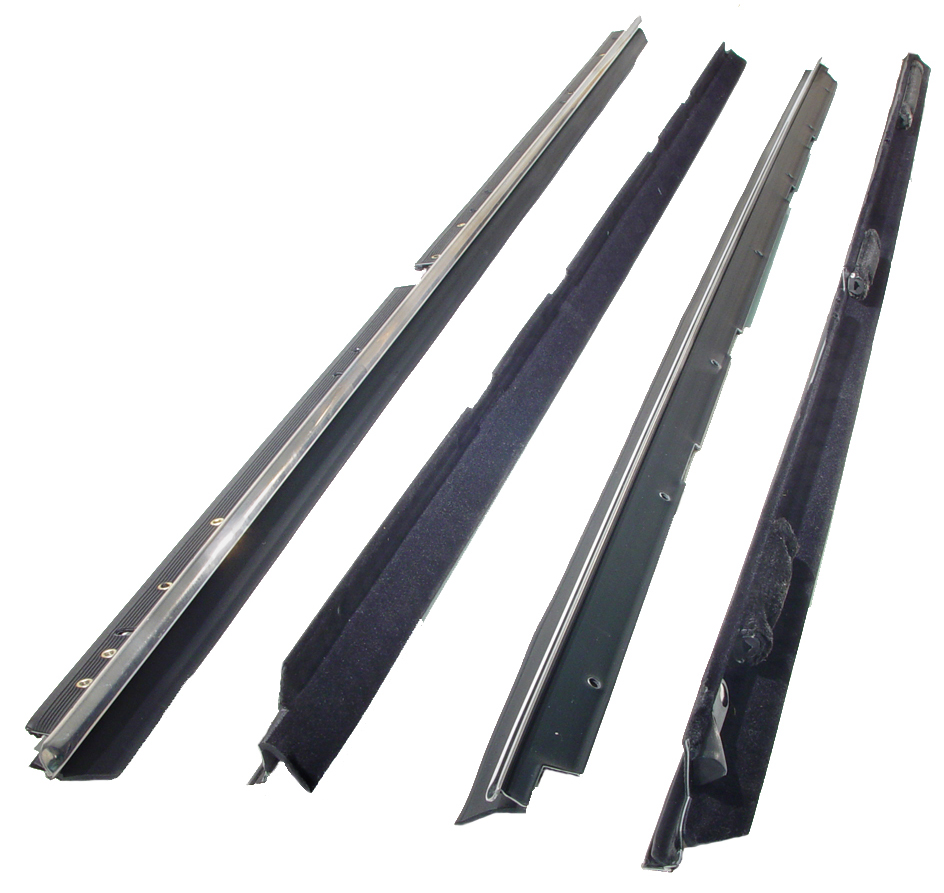 1983 Pontiac Grand Prix Window Sweeper Kit, 81-88 Monte Carlo, Grand Prix, Inner and Outer Sweeps-WC 7000-14Window Sweeper Kit, 81-88 Monte Carlo, Grand Prix, Inner and Outer Sweeps, with Reveal Molding, Includes Mounting Hardware, 4 Piece Kit.
1983 Pontiac Grand Prix Window Sweeper Kit, 81-88 Monte Carlo, Grand Prix, Inner and Outer Sweeps-WC 7000-14Window Sweeper Kit, 81-88 Monte Carlo, Grand Prix, Inner and Outer Sweeps, with Reveal Molding, Includes Mounting Hardware, 4 Piece Kit. 1983 Pontiac Grand Prix Rear Windshield Reveal Molding Clip. Made of steel-WF 211Rear Windshield Reveal Molding Clip. Made of steel. 15/16" X 3/4". Each
1983 Pontiac Grand Prix Rear Windshield Reveal Molding Clip. Made of steel-WF 211Rear Windshield Reveal Molding Clip. Made of steel. 15/16" X 3/4". Each 1983 Pontiac Grand Prix Lower Side Window Reveal Molding Clip. Made of nylon-WF 214Lower Side Window Reveal Molding Clip. Made of nylon. 1-1/4" x 3/4". Each
1983 Pontiac Grand Prix Lower Side Window Reveal Molding Clip. Made of nylon-WF 214Lower Side Window Reveal Molding Clip. Made of nylon. 1-1/4" x 3/4". EachWhy Choose Metro?
For over 100 years, Metro Moulded Parts has been the pinnacle of quality in classic car restoration parts. Our commitment to precision and authenticity in every component ensures a perfect fit and an OEM-level appearance.
- Expert Craftsmanship & Quality: Each part is a testament to our dedication to reliability and perfection, crafted from original designs and thoroughly tested.
- Advanced Technology: We use cutting-edge techniques to create flawless, long-lasting parts that surpass others in performance.
- SuperSoft Sponge – The Ultimate Door Seal: Not only are our door seals 30% softer than competitors', but they're also guaranteed to never leak. They effectively reduce wind and road noise, enhancing your classic car's comfort and driving experience.
- Proudly American: Our parts are a product of American craftsmanship, made in the USA with a spirit of excellence and heritage.
- Unrivaled Warranty: We back our products with a 30-year industry-leading warranty, a testament to our confidence in their quality.
Join us in preserving the legacy of classic cars with parts that are crafted for perfection, not just made.

